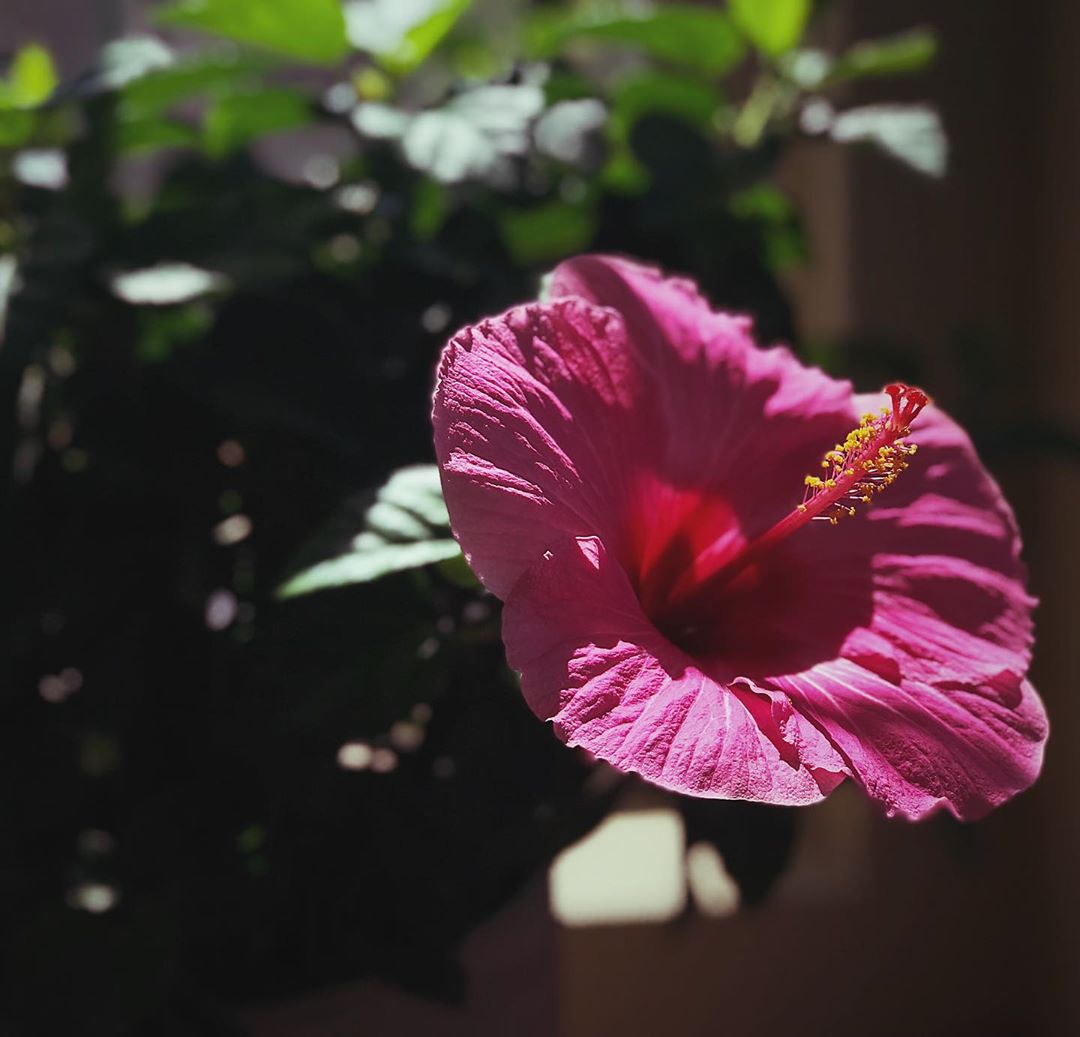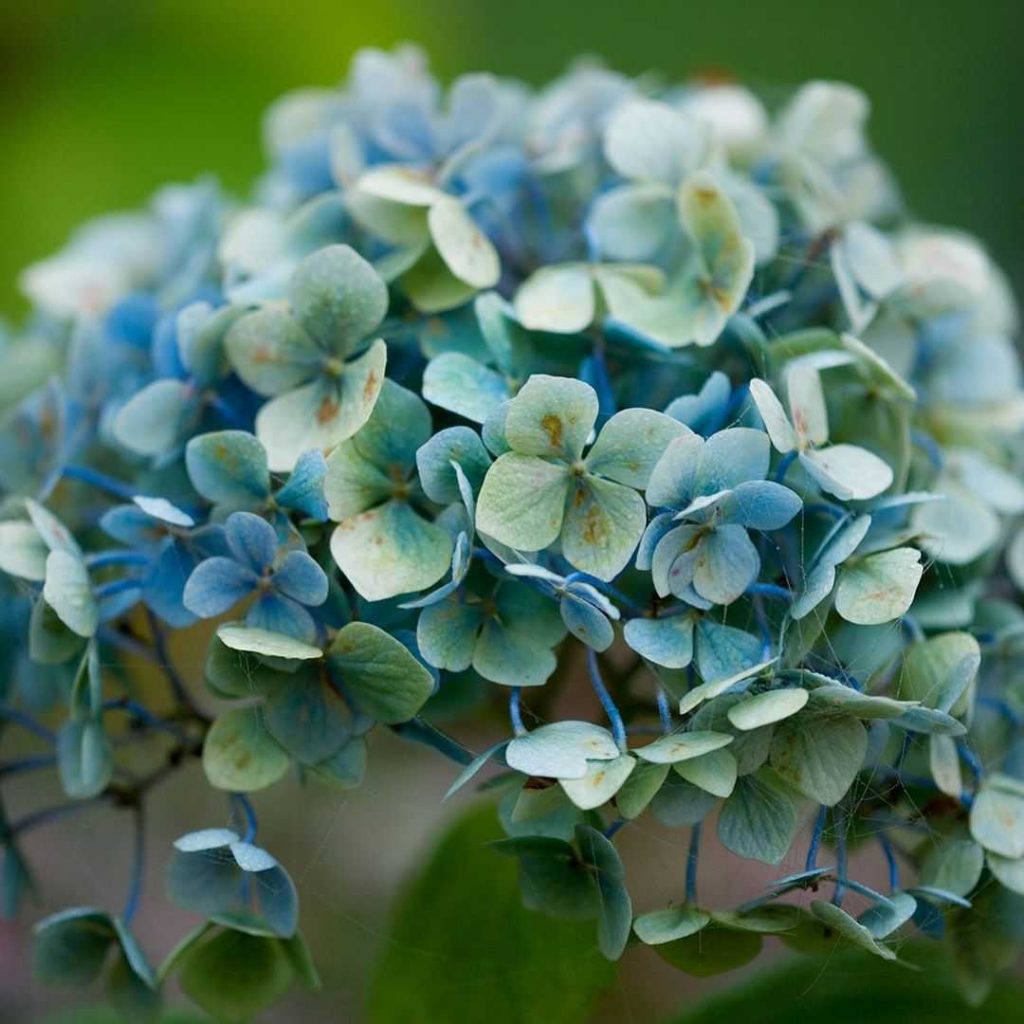Unlock the Secrets: How to Make Your Indoor Plants Flower
Other flowers
Indoor plants not only add beauty and a touch of nature to our living spaces, but also provide numerous benefits for our well-being. One of the most delightful aspects of having indoor plants is witnessing them bloom and flourish. However, getting your indoor plants to flower can sometimes be a challenging task. Fear not! In this article, we will explore effective techniques and essential tips to help your indoor plants bloom and bring joy to your home.
Choose the Right Plant

Select the appropriate plant species to ensure successful flowering indoors. Some plants are more suitable for indoor environments and are naturally inclined to bloom under the right conditions. Popular flowering houseplants include orchids, African violets, peace lilies, geraniums, and begonias. Research the specific needs of the plant you choose to ensure it is compatible with your indoor conditions.
Provide Adequate Light
Light is a key factor for plant growth and blooming. Most flowering plants require a good amount of bright, indirect light to initiate the blooming process. Position your plants near windows where they can receive at least six hours of filtered sunlight each day. If natural light is insufficient, consider using artificial grow lights, such as fluorescent or LED bulbs, designed for plant growth. Place the lights a few inches above the plants and provide them with 12-16 hours of light daily.
Maintain Optimal Temperature and Humidity

Indoor plants, like humans, thrive in comfortable temperatures. Most flowering plants prefer temperatures between 60-75°F (15-24°C) during the day and slightly cooler temperatures at night. Avoid placing plants near drafts or heat sources like radiators or air conditioning vents. Additionally, maintaining adequate humidity levels is crucial, especially during the dry winter months. Mist your plants regularly or use a humidifier to increase humidity levels around them.
Water Wisely
Proper watering practices play a vital role in promoting flowering. Overwatering or underwatering can hinder blooming and lead to other problems like root rot or dehydration. Ensure that you understand your plant’s water requirements and follow a consistent watering schedule. It is generally best to water when the top inch of soil feels dry to the touch. Use room-temperature water and avoid waterlogging the plant’s roots.
Provide Nutrients
To encourage flowering, it is important to supply your indoor plants with essential nutrients. Choose a high-quality, balanced fertilizer specifically formulated for flowering plants. During the growing season, fertilize your plants every two to four weeks. Be sure to follow the instructions on the fertilizer package to avoid overfertilization, which can harm your plants. Additionally, consider using organic fertilizers or compost to provide a natural nutrient boost.
Pruning and Deadheading

Regular pruning and deadheading (removing spent flowers) help redirect the plant’s energy towards new growth and flowering. Trim back leggy or overgrown stems to promote bushier growth and encourage more flowers. Deadheading prevents the plant from using energy to produce seeds and encourages the formation of new buds. Use clean and sharp pruning tools to avoid damaging the plant.
Patience and Observation
Finally, remember that plants take their own time to adjust and bloom. Be patient and observe your plants closely. Monitor their growth, foliage, and overall health. Adjust their care regimen as needed based on their responses. Sometimes, all it takes is a little time and attention for your indoor plants to reward you with a beautiful floral display.
Conclusion
Bringing forth the blossoming beauty of indoor plants requires a combination of understanding their specific needs and providing the right conditions. By selecting suitable plant species, providing adequate light, maintaining optimal temperature and humidity, watering wisely, supplying nutrients, and employing regular pruning techniques, you can enhance the chances of your indoor plants flowering. Remember, each plant is unique, so it is crucial to adapt your care routine accordingly. With patience and perseverance, you’ll soon enjoy the vibrant colors and fragrant blooms that will transform your indoor space into a blooming paradise.